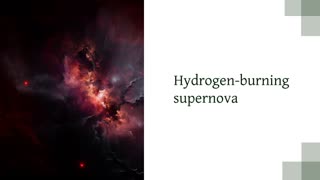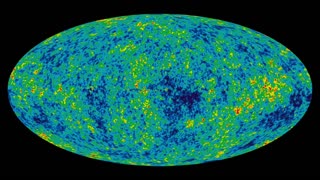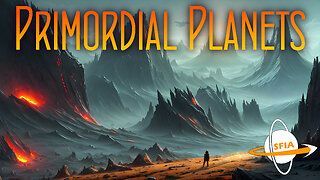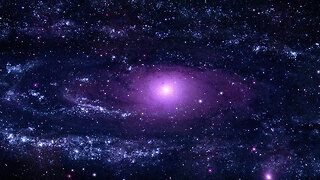Cosmic Archaeology: Using Black Holes To Uncover Evidence of the Universe’s First Stars
Researchers have developed a method to detect the first stars of the universe by observing the unique flares produced when these stars are torn apart by black holes. These findings could allow us to understand more about the early universe, with the help of NASA’s latest telescopes which can observe the resultant infrared emissions.
Shortly after the Universe began with the Big Bang, the first stars, composed mainly of hydrogen and helium, began to form. The properties of these first-generation stars, Pop III, are very different from stars like our own Sun or even the ones that are forming today. They were tremendously hot, gigantic in size and mass, but very short-lived.
Pop III stars are the first factories to synthesize most elements heavier than hydrogen and helium around us today. They are also very important for forming later generations of stars and galaxies. However, there have not been convincing direct detections of Pop III stars up to now, as these stars formed in the early universe are very far away and way too faint for any of our telescopes on the ground or in space.
-
 1:20
1:20
Cryptostreets
29 days agoRare Dust Particle From Ancient Extraterrestrial Meteorite Challenges Astrophysical Models
44 -
 1:19
1:19
Cryptostreets
1 month agoRevealing the Mysteries of the Cosmos With Faster Gravitational Wave Detection
381 -
 1:34
1:34
B.C. Begley
25 days agoMIT astronomers observe elusive stellar light surrounding ancient quasars
64 -
 5:30
5:30
Veritasium
26 days agoHow the Quantum Vacuum Gave Rise to Galaxies
5 -
 10:12
10:12
AmbientSanctuary
21 days ago $0.11 earnedExploring the Origins of Life on Earth
944 -
 34:57
34:57
Science & Futurism with Isaac Arthur
19 days ago $2.07 earnedPrimordial Planets
1.38K1 -
 2:39
2:39
Studio64Productions
25 days agoBubble-Like 'Stars Within Stars' Unravel Black Hole Weirdness
27 -
 2:59
2:59
Conspiracy Chronicle
1 month agoThe Alien Within: Surprising Evidence Suggests Humans Aren't from Earth!
82 -
 13:41
13:41
Veritasium
26 days agoHow One Supernova Measured The Universe
5 -
 2:33
2:33
Studio64Productions
23 days agoGalactic Chaos: Unveiling the Secrets of Ancient Galaxies
26